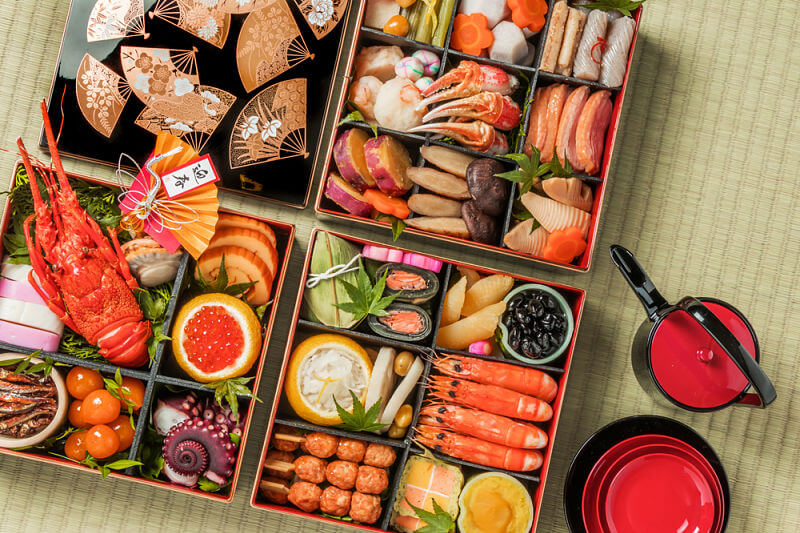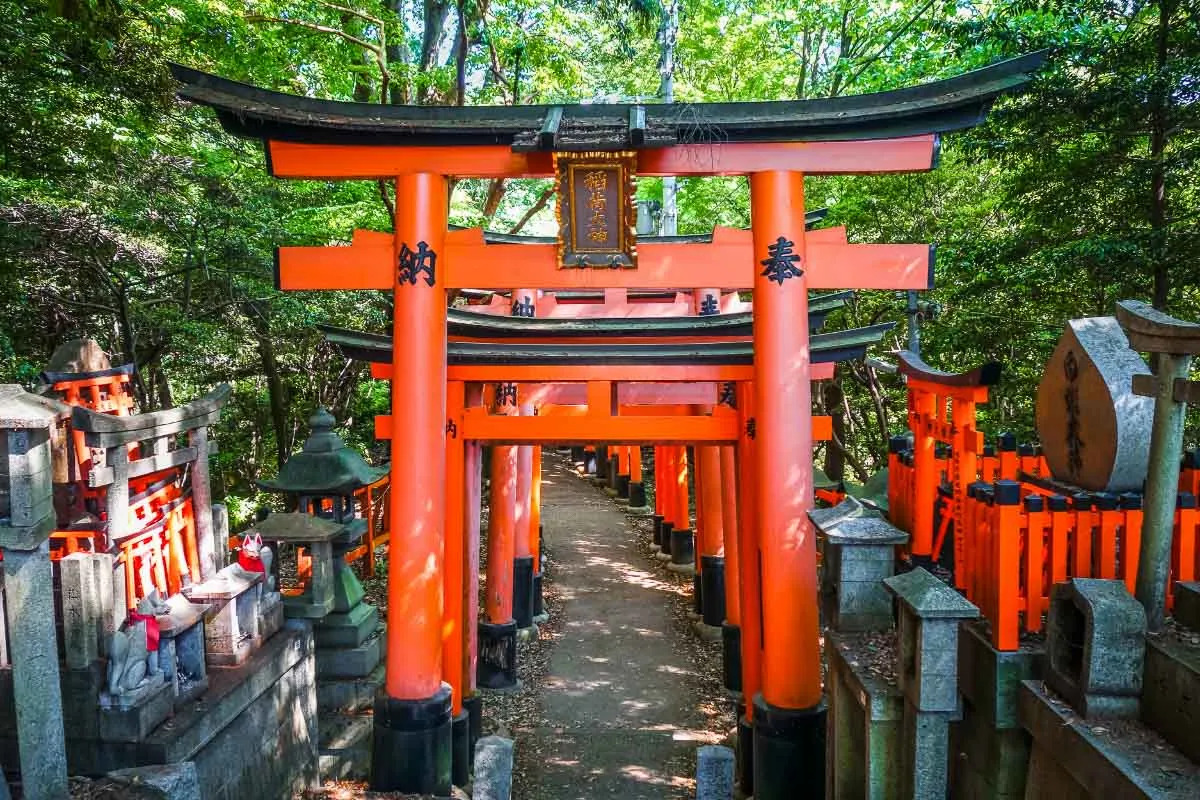
Japan is an island that is located in the East of Asia near the Pacific Ocean. The size of Japan is approximately 145,927 mile squared and a population of over 125.8 million people as of 2020. They are divided to 47 perfectures. Japan has a unique system, background, and widely known legacies. They are known for being a country of a mixture of modern and ancient Japan, which brings a diversity of visual appeal. They have eccentric qualities in building structures, art, tradition, culture, calligraphy, and architecture that make them distinct from other countries.


